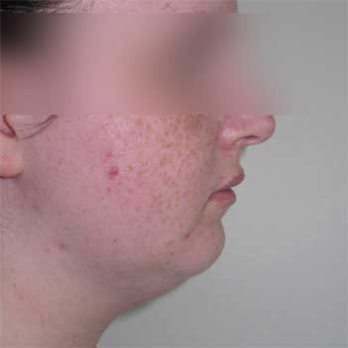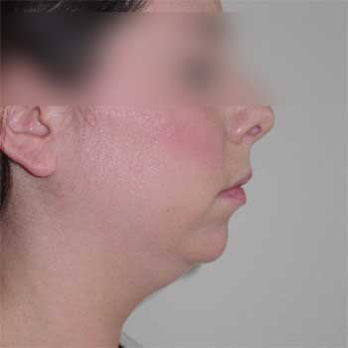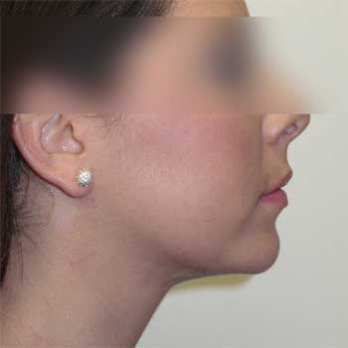
|
|
How a chin implant can enhance rhinoplasty
> See article
|

|
|
Using chin implants to reshape the lower face
> See article
|

|
|
Chin Implant Q&A’s with Dr Jag Chana
> See article
|





















